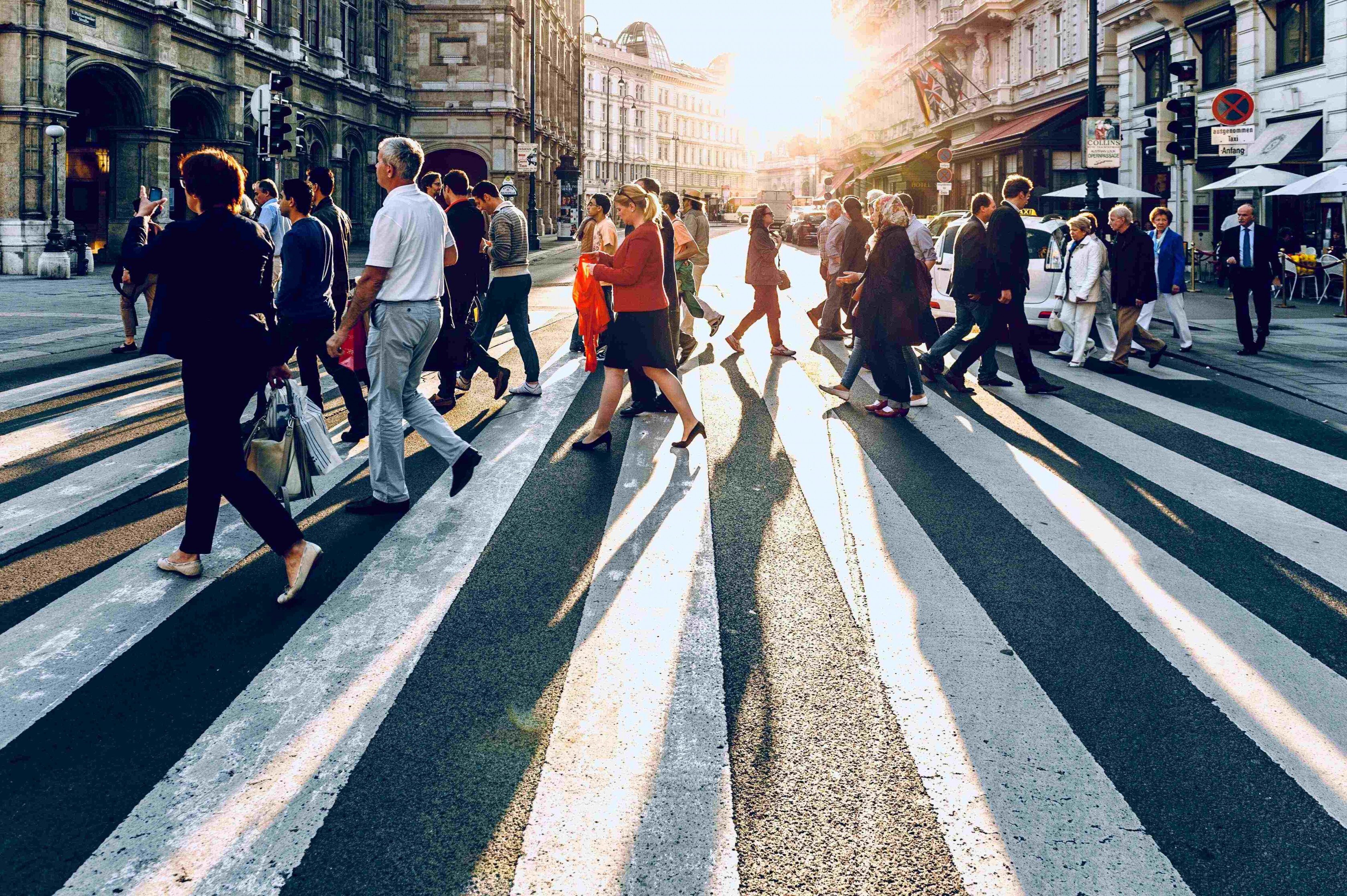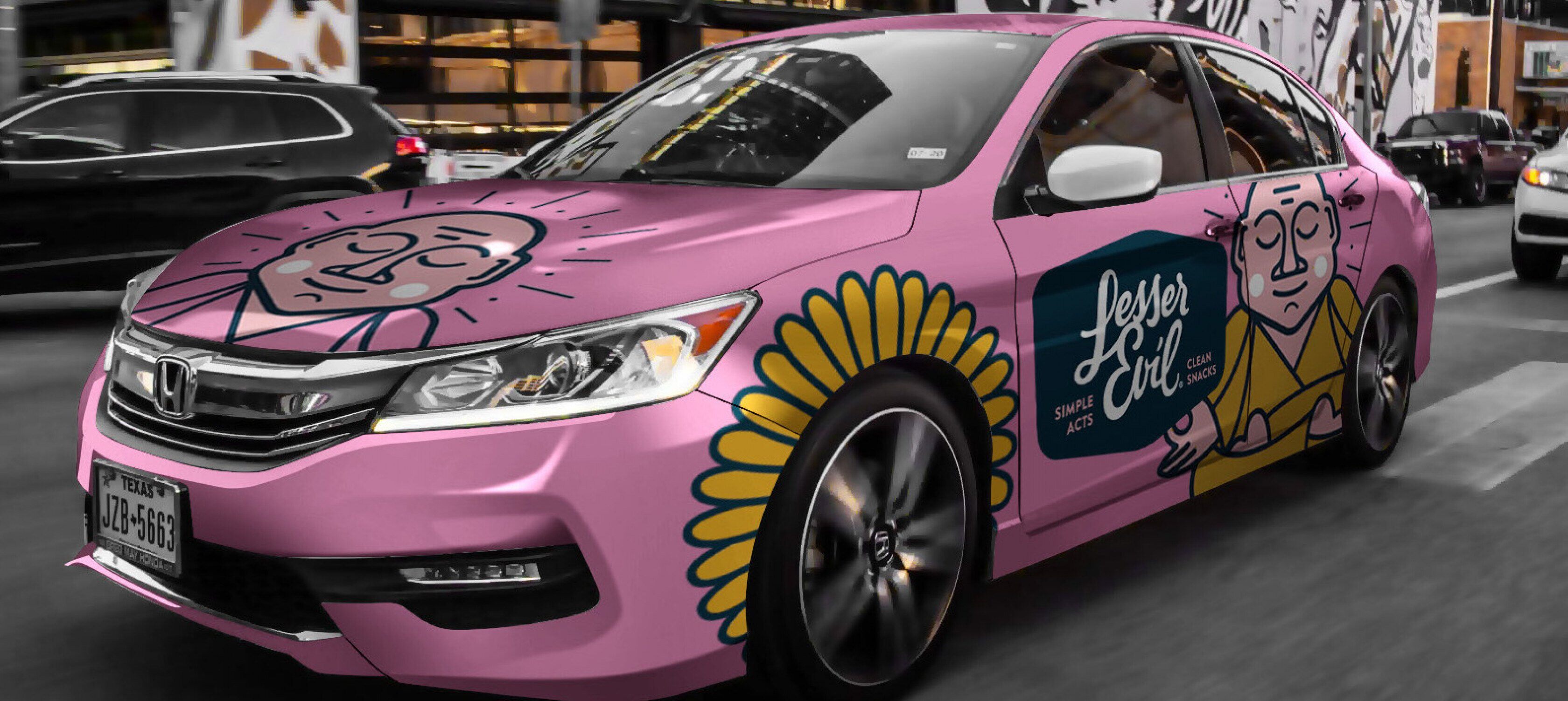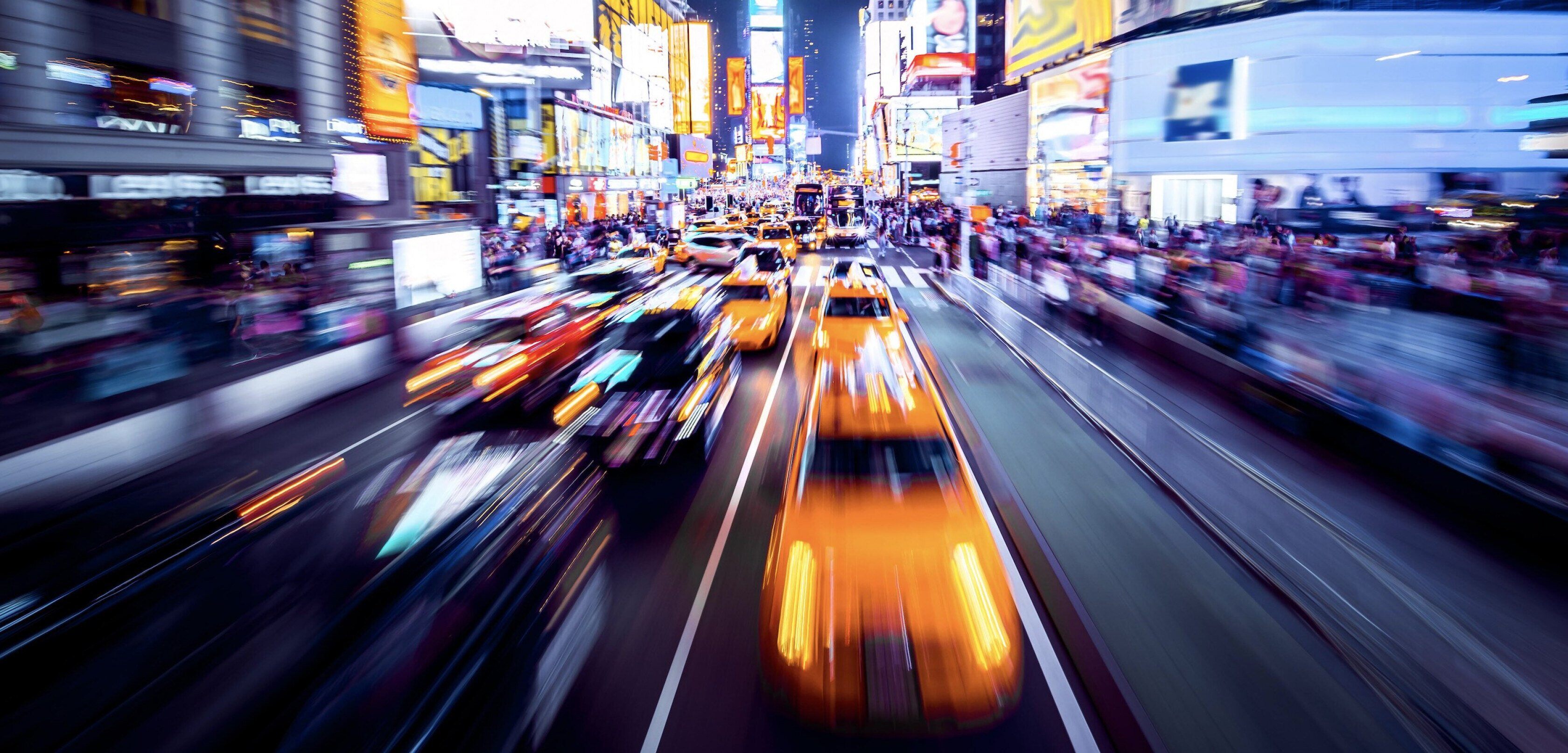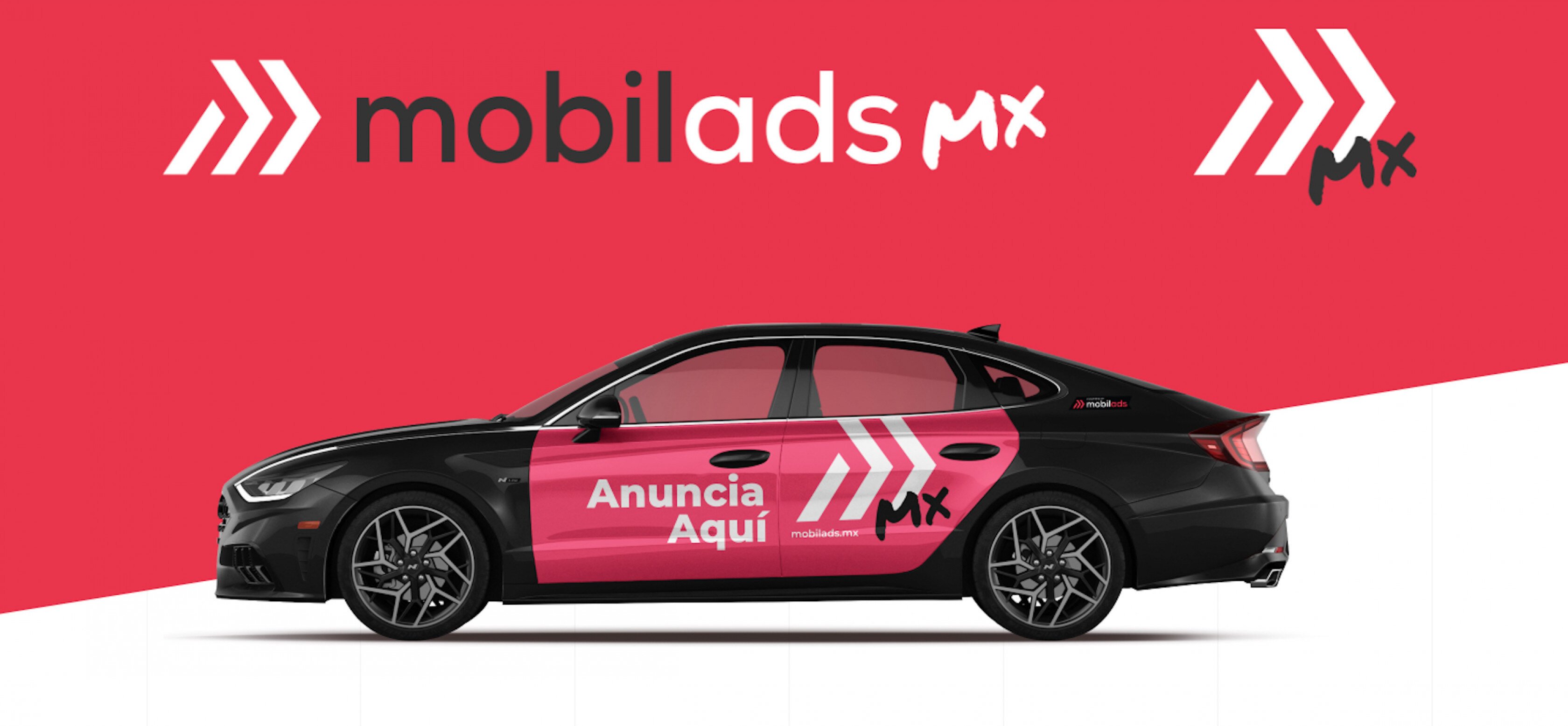The Problem With Billboards
The main problem with billboard advertising is that they are fixed in place. Except for a few, costly placements, your billboard will spend a lot of the time attracting very little attention, and some of the time drawing a lot of attention.
Ideally, you would be able to follow the crowds around.
What if you could have one campaign from one company to target an entire city? Even better, what if you could target the whole country at once? This is what we do at mobilads.
To give you an idea of how complete our coverage can be, below is an exposure heatmap of a relatively small campaign in New York for a major telecoms brand. All at $2.34 per 1000 impressions (CPM) and a time to launch of only 2 weeks.

If Only You Could Automatically Follow The Crowds
The biggest concern we heard when we started advertising on cars was whether our cars would be in the same place that the people are. Because our medium is rideshare advertising, our answer is always the same - we follow the crowds around, automatically, every hour of every day.
It almost sounds impossible, you would have to build a complex system to track crowds in real-time and redirect drivers. At first glance, rideshare advertising does not seem to offer this. Uber or Lyft advertising is dependent on where those vehicles go so there is no control, right? Wrong!
The answer might be surprising, but it is intuitive.
Rideshare vehicles need to be in the same place that people need rides. The more people there are in an area, the more people that will need trips, and the more rideshare vehicles there will be. Uber goes to great engineering lengths to optimize this process and ensure that supply and demand are in equilibrium. An incredibly complex process is already solved for all rideshare drivers (and us). We can actually see how Uber does that here using their powerful open-source H3 library, a technology that powers the geospatial databases right here at mobilads.

It is now, and always will be, in the best interest of the rideshare companies to match supply and demand. Any alternative would drive unnecessary jumps in surge-pricing and create unhappy consumers.
As rideshare advertisers, we get to piggyback on this complex optimization problem and always have our drivers directed to places with a higher density. The result is a much lower CPM, more impactful advertisements, and far broader reach.
Instead of advertising to the same commuters every day, you get to distribute your impressions across the entire population and the whole day. Our platform allows us to expose people across entire cities. People get rides home from work, from/to the airport, and to/from places during the day.
Most importantly, we do this for a fraction of the price of an equivalent takeover campaign using billboards and transit.
Comparing The Cost
New York Magazine summarized the costs of different mediums in New York. With a full-time rideshare car from mobilads costing $750/month, we thought we would compare ourselves.
- Mobile billboard trucks: $5,000 / month (Over 600% more expensive)
- Bus shelter - Up to $5,000 / month (Over 600% more expensive)
- Vinyl billboard on a building wall - up to $100k / month (The equivalent cost of 130 mobilads cars)
- Taxi tops- $122,500 / month for 350 cars (The equivalent of 163 mobilads cars)
In some of these cases, we offer even more value than just the "number of cars." Here is a comparison of the size of our ads compared to standard Taxi tops.

More Bang For Your Advertising Buck
Interested in seeing a more significant impact for your advertising dollars?
Do you want to learn about our industry-leading technology and attribution platform?
Please get in touch - You can do that via our website, or personally at the details below.
Craig Cook - Chief Executive Officer - craig@mobilads.co



